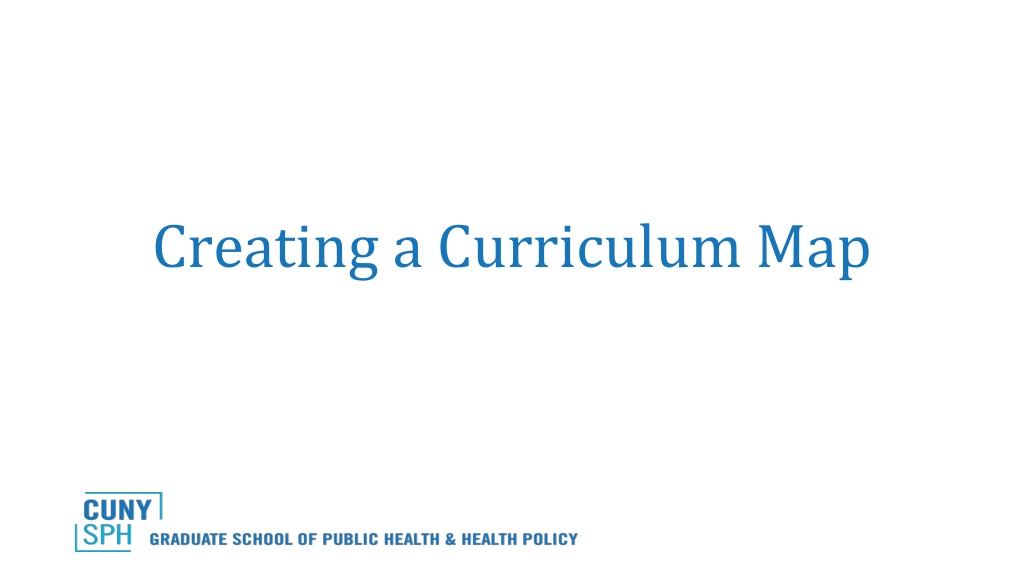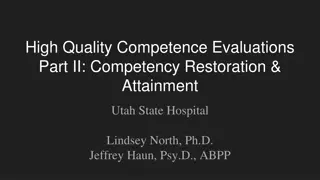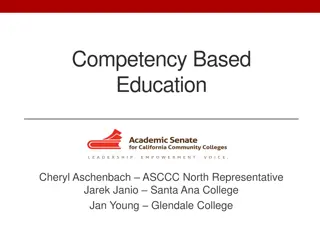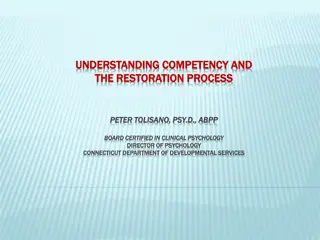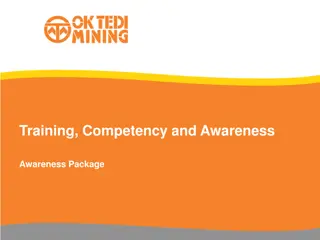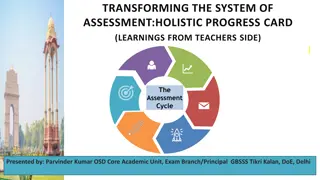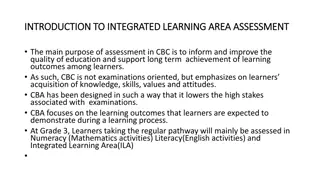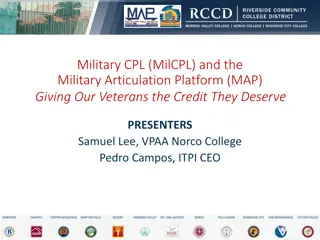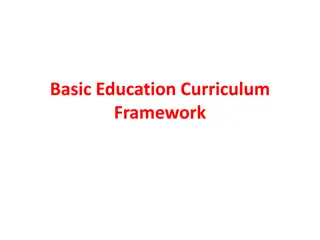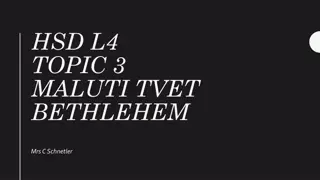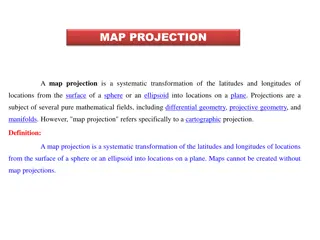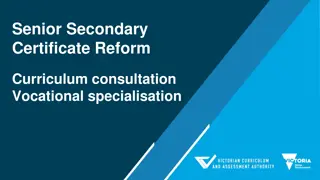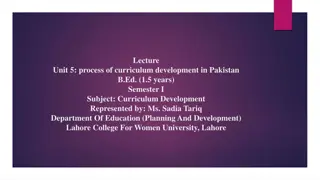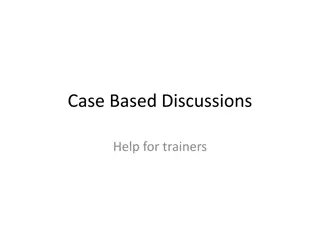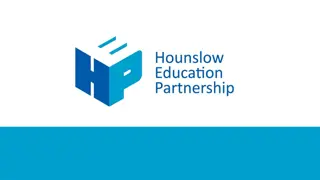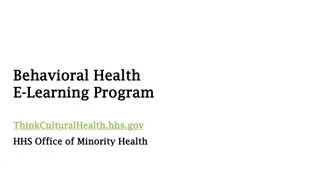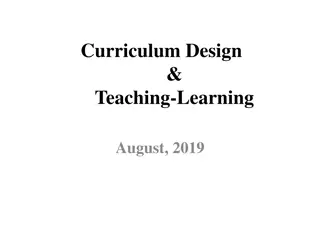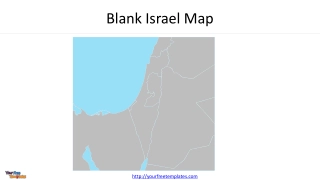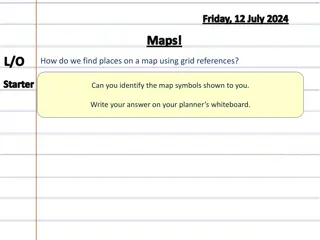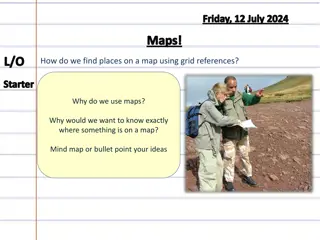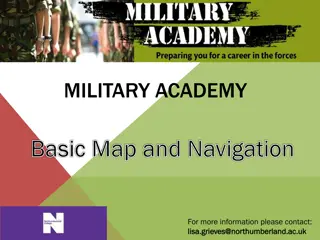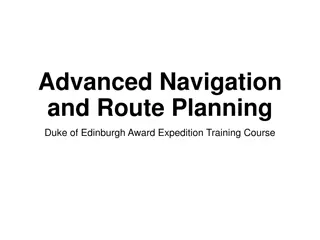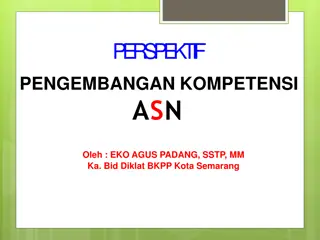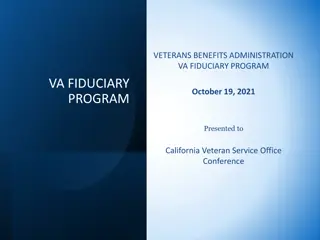Creating a Curriculum Map for Competency-Based Education
This presentation aims to guide faculty and staff in competency-based curriculum mapping at the program level. It covers the definition of curriculum mapping, a recommended framework, steps for identifying program competencies, developing a matrix, and mapping courses to competencies. Utilize this resource to enhance curriculum alignment and educational outcomes efficiently.
- Curriculum Mapping
- Competency-Based Education
- Program Development
- Faculty Support
- Educational Outcomes
Download Presentation

Please find below an Image/Link to download the presentation.
The content on the website is provided AS IS for your information and personal use only. It may not be sold, licensed, or shared on other websites without obtaining consent from the author. Download presentation by click this link. If you encounter any issues during the download, it is possible that the publisher has removed the file from their server.
E N D
Presentation Transcript
Purpose The purpose of this presentation is to support faculty and staff as they consider approaches and make decisions for competency-based curriculum mapping. This is intended for program-level decision making.
Defininition of Curriculum Mapping Curriculum mapping critically connects course offerings and other program components to competencies (outcomes). It illustrates the relationship between the different components of the curriculum so that all the connections are easily visualized. Source: Al-Eyd (2018). Curriculum mapping as a tool to facilitate curriculum development: a new School of Medicine experience. BMC Medical Education. 18:185 https://doi.org/10.1186/s12909-018-1289-9
Curriculum Mapping Framework Consider using a popular framework: Backwards Design Competencies Assessment / Evidence Instruction Source: Wiggins, G. P., McTighe, J., Kiernan, L. J., Frost, F., & Association for Supervision and Curriculum Development. (1998). Understanding by design. Alexandria, Va: Association for Supervision and Curriculum Development & https://cft.vanderbilt.edu/guides-sub-pages/understanding-by-design/
Step 1: Identification of Program Competencies Core competencies developed by Council on Education for Public Health (CEPH); concentration competencies developed by SPH departments. Based on CEPH s philosophy, student outcomes are considered competencies rather than learning objectives, reflecting a shift in focus to competency-based education. Students demonstrate attainment of overall MPH competencies, as well as the competencies specified for the concentration, before their degree is awarded. Competencies describe what every graduate who completes that track of study should know and be able to do. Source: https://media.ceph.org/wp_assets/Competencies.pdf
Step 2: Developing a Matrix Develop a matrix by listing CUNY SPH s (core and concentration) competencies down the left-hand side of the table and all required program courses across the top. The map can be filled in using different strategies. Sample Mapping of Courses to Competencies Competency NUTR 700 NUTR 701 NUTR 702 NUTR 703 Critically evaluate the source of materials that provide nutrition information. Apply inclusive participatory approaches to effectively manage personal food behaviors. Design process and outcome evaluation plans using appropriate data collection methods. Engage through motivational language appropriate for diverse audiences. Source: https://media.ceph.org/wp_assets/case-studies-webinar-june18.pdf
Step 3: Mark the Courses that Address Competencies Sample Mapping of MPH Courses to Core Competencies Basic Curriculum Map Instructions: Mark courses that fulfill the competency with a P (primarily addressed) or R (reinforced) Typically, 1-2 courses are primarily addressed and another 1-2 reinforced, but every program is unique! Competency NUTR 700 NUTR 701 NUTR 702 NUTR 703 R P P Critically evaluate the source of materials that provide nutrition information. Apply inclusive participatory approaches to effectively manage personal food behaviors. Design process and outcome evaluation plans using appropriate data collection methods. Engage through motivational language appropriate for diverse audiences. P R P P R R P R
Step 4: Consider Activity & Assessment Whether using a basic or skill level map, identify the courses in which to offer key assignments / assessments related to competencies. It is generally best to assess student learning in courses where you expect them to demonstrate mastery of any competency.
Step 5: Analyze and Review Take a moment to assess the overall alignment of the curriculum with the core and concentration competencies. A healthy map looks like the following: Each competency should be introduced, developed and mastered at least once across multiple courses. If every cell in the column is filled, it suggests a competency may be over-covered If too few cells are filled or a competency is missing, it suggests the curriculum might not be covering the competency as completely as faculty would like. Each course supports at least one and ideally more than one competency. Meaningfully addressing all competencies in a single course is difficult, unless it is at an introductory level in a survey course. If a required course does not seem related to any competency, you might ask whether the course still should be required or whether an important learning outcome has been missed.
Step 6: Consider Instruction Allow faculty members to teach to their strengths. Competencies should be taught by those best suited for the task. Interpret program data on students. If you find students struggling with a particular outcome, faculty can use the curriculum map to inform a discussion of which course might be appropriate for improving / increasing instruction on that outcome.
Sources / Resources Al-Eyd (2018). Curriculum mapping as a tool to facilitate curriculum development: a new School of Medicine experience. BMC Medical Education. 18:185. https://doi.org/10.1186/s12909-018-1289-9 Wiggins, G. P., McTighe, J., Kiernan, L. J., Frost, F., & Association for Supervision and Curriculum Development. (1998). Understanding by design. Alexandria, Va: Association for Supervision and Curriculum Development. Corvin JA, DeBate R, Wolfe-Quintero K, Petersen DJ. Application of the Intervention Mapping Framework to Develop an Integrated Twenty-first Century Core Curriculum Part Two: Translation of MPH Core Competencies into an Integrated Theory-Based Core Curriculum. 2017;5(286). https://cft.vanderbilt.edu/guides-sub-pages/understanding-by-design/ http://manoa.hawaii.edu/assessment/howto/mapping.htm https://media.ceph.org/wp_assets/Competencies.pdf https://media.ceph.org/wp_assets/case-studies-webinar-june18.pdf
